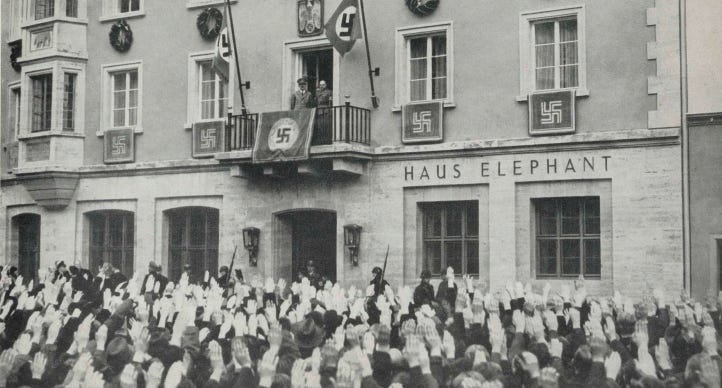Weimar - Germany in a Nutshell
A Preview
I had a very exciting moment this week when an email from my publisher informed me that my next book …
Keep reading with a 7-day free trial
Subscribe to ZEITGEIST to keep reading this post and get 7 days of free access to the full post archives.


